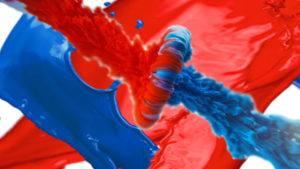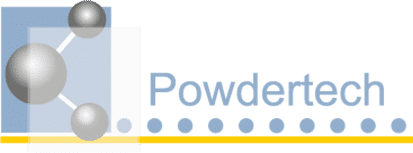Powder coatings
 Powder coatings consist of binding agents, pigments hardeners and other ingredients. Powder coating is sprayed on the surface of a grounded object using either a corona or a tribo spray gun. To enable the binding agent and hardener to react, the coated objects are stoved according to the requirements of the coating used. The heat melts the powder coating sprayed on the surface of the object, allowing it to even out and harden into a durable substrate.
Powder coatings consist of binding agents, pigments hardeners and other ingredients. Powder coating is sprayed on the surface of a grounded object using either a corona or a tribo spray gun. To enable the binding agent and hardener to react, the coated objects are stoved according to the requirements of the coating used. The heat melts the powder coating sprayed on the surface of the object, allowing it to even out and harden into a durable substrate.
The consumption of powder coatings increases steadily as the solution is environment-friendly due to the fact that it does not produce any solvent emissions. The solution’s environmental friendliness and production efficiency are increased by the possibility to collect overspray which minimizes material loss. When recycled, the utilization rates of powder coatings are remarkably high.
Maintenance and cleaning of powder-coated objects
|
Most common binding agents
Special products
|
Substrate types
Gloss levels
|
